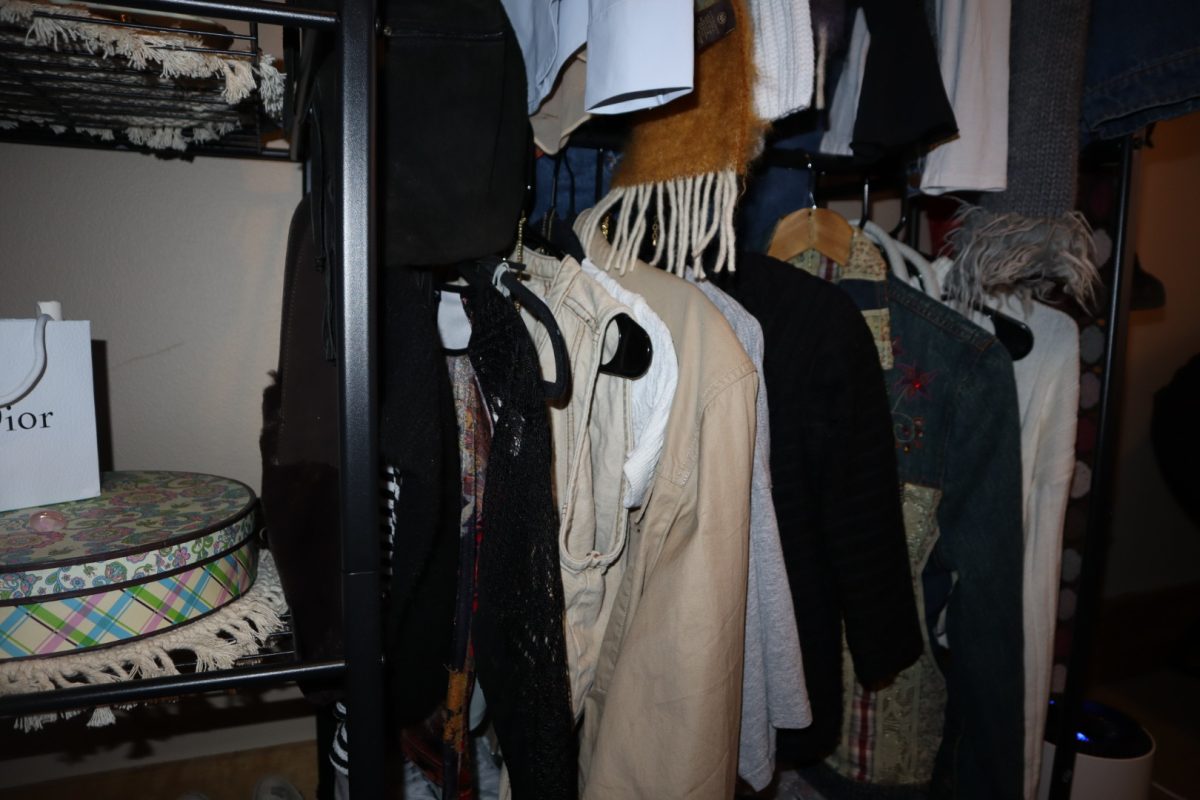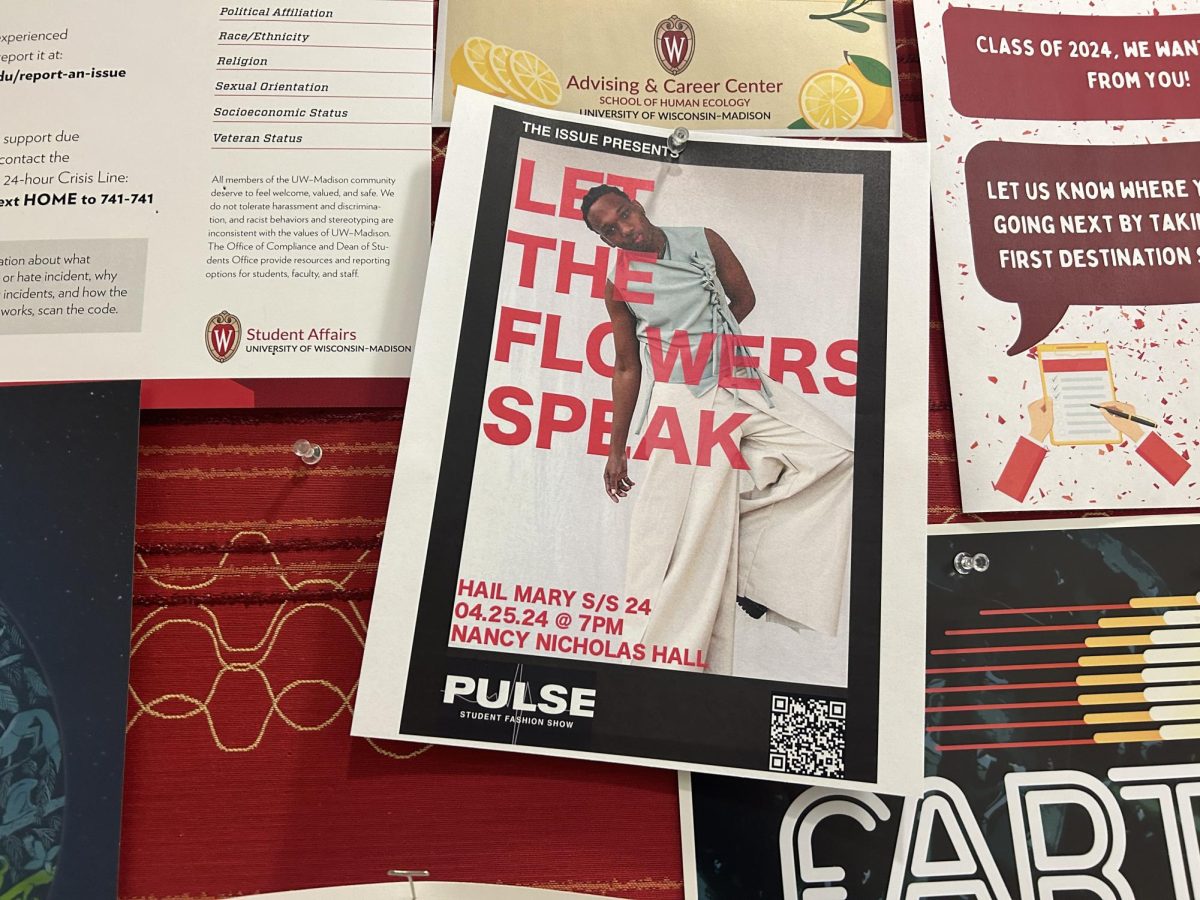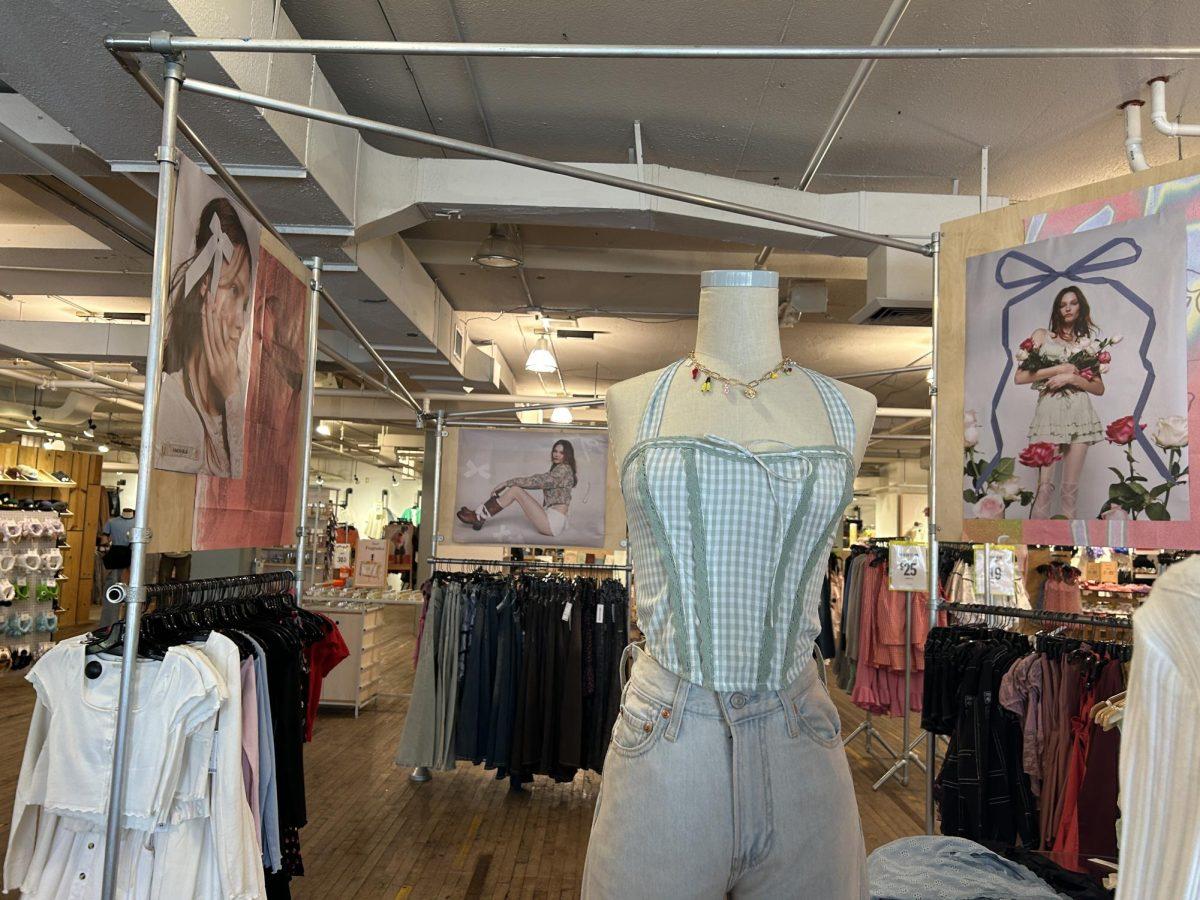The world of fashion is very, very good at pissing people off. Fur on a runway and draped across the chairs of the front row has led to PETA activists throwing paint and waving signs in protest. Models promote unhealthy ideals for children and are criticized mercilessly for their bodies; the industry is criticized mercilessly for featuring them. Prominent fashion figures spout racist remarks. Everyone from agents to photographers is accused of sexual abuse. An impressive number of high-fashion editorials are accused of cultural appropriation at best and downright racism at worst.
Terry Richardson is an off-color, highly-provocative fashion photographer who has shot everyone from Miley Cyrus to Oprah to President Obama. He has also been repeatedly accused of being a sex offender. Although his imagery is “provocative” to put it lightly, some models have accused him of bartering sex for fame.
John Galliano is a fashion designer who worked for Givenchy and Dior before being fired for anti-Semitic remarks. He has made a comeback and is now set to take over as creative director for Maison Martin Margiella.
Every single model no one has heard of is picked apart by the general public for being underweight, but overweight by the standards of model casting agents. Any model who doesn’t resemble a 12-year-old girl with an overactive thyroid is lauded for their bravery as a plus-sized model. More designers are moving toward promoting health, posting signs that say “no model who hasn’t eaten allowed on the runway,” but such signs aren’t ubiquitous and the fact that it needs to be said is disturbing.
Social media-fueled ideas of ‘health and wellness’ have dangerous consequences for college students
This is only a small number of examples of these controversial issues. Body image, sexual health, racial issues — all of these are problems in no way unique to fashion. These problems aren’t unique to the industry, but they are concentrated within it. Considering how small the fashion world is, it touts a large number of issues that headline newspapers every day.
It is an accepted fact that fashions are reflective of their era. During wars, skirts got shorter to use less fabric. During periods of economic prosperity, clothes became intricate and used expensive fabrics. But just as clearly, and for better or for worse, the fashion industry is also a highly-concentrated representation of the issues of an era as well.














